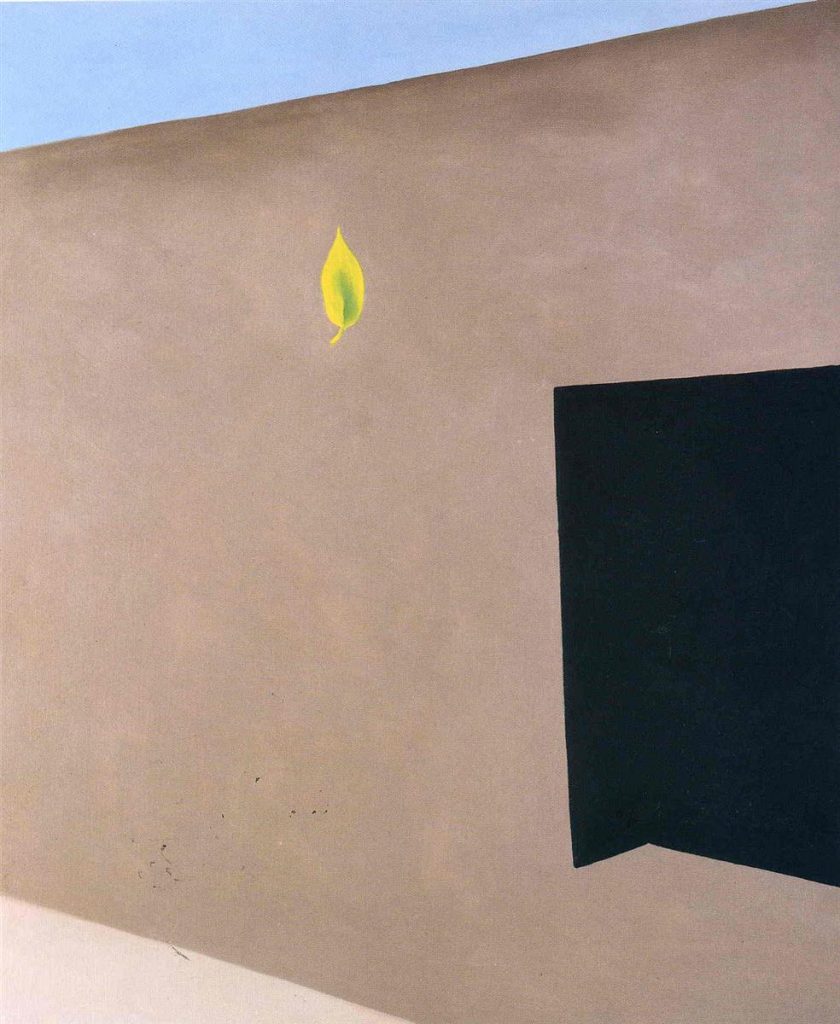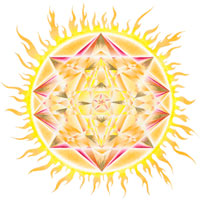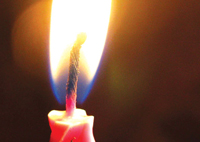Recently I was asked to teach meditation to a group of underprivileged middle school kids in El Paso, Texas who are in the chess club.
The chess club team was going to the Texas State chess championship and they were intimidated by other chess teams. I taught them mindful meditation which helped them separate a given experience from an associated emotion which helped them to focus their awareness on the present moment.
Listen to the replay as I teach them the techniques that can help to curb kids’ impulsivity, reduce symptoms of depression and anxiety. The chess club ended up winning state and are headed to nationals!

 Most people say they don’t have time to meditate, yet we all find time to have three squares a day. Eating isn’t typically associated with the expansion of our soul but with a few mindful moments, eating can be an opportunity to cultivate a spiritual practice.
Most people say they don’t have time to meditate, yet we all find time to have three squares a day. Eating isn’t typically associated with the expansion of our soul but with a few mindful moments, eating can be an opportunity to cultivate a spiritual practice. October is my favorite month. In the Roman calendar, octo, Latin for eight, was actually the eighth month, but the Gregorian calendar, instituted by Pope Gregory XIII established January as the first month of the year, making October the tenth.
October is my favorite month. In the Roman calendar, octo, Latin for eight, was actually the eighth month, but the Gregorian calendar, instituted by Pope Gregory XIII established January as the first month of the year, making October the tenth.